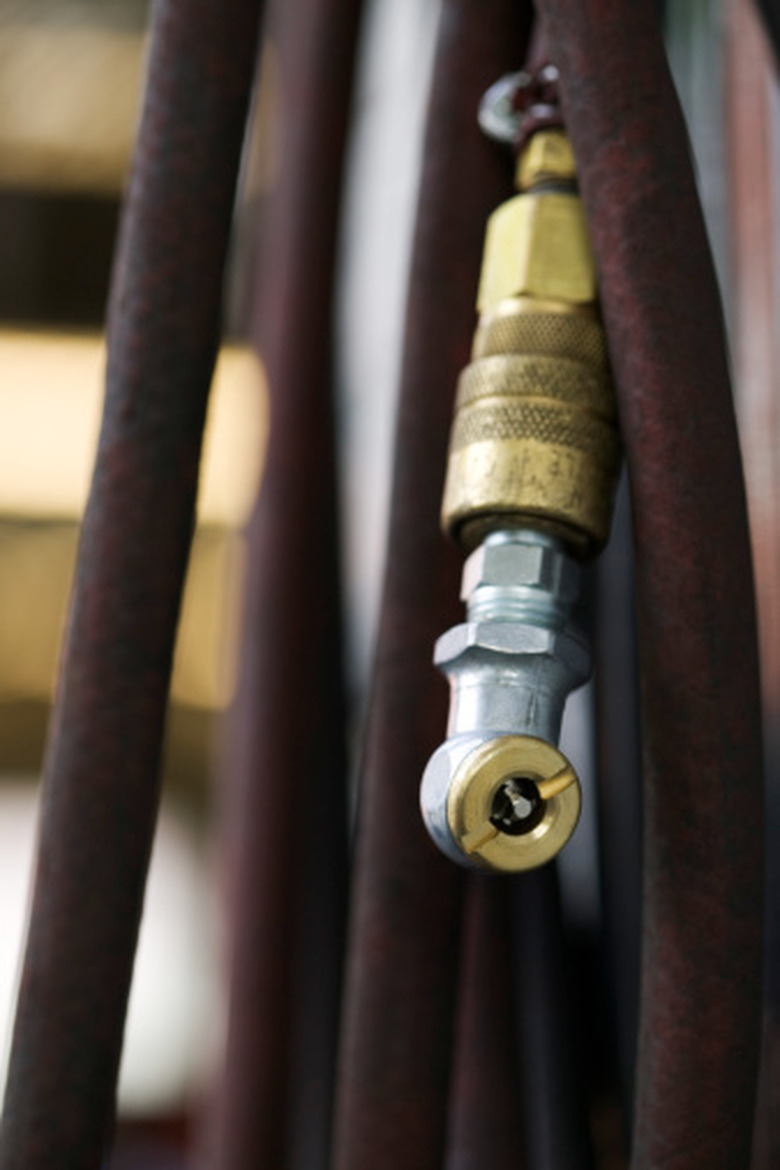Types Of Pneumatic Systems
Pneumatic systems generate force from air contained within a system. Working energy is stored under pressure, and valves release the pressure, allowing the air to expand with great force. The air will continue to expand until it reaches the level of the atmospheric pressure. Pneumatic systems are the best for situations that do not require a lot of power and within limited spaces.
Dilute-Phase
Dilute-Phase
Dilute-phase pneumatics involves moving powders or particles down a path at a high gas velocity. The dilute-phase pneumatic system does not need to perfectly calibrate itself towards the material transported through the system, in contrast to the dense-phase pneumatic system.
Dense-Phase
Dense-Phase
With dense-phase pneumatics, the line pressure is calibrated to match the process material's characteristics. This allows for a solid material to transform into a liquid state while moving at a slower velocity. Dense-phase conveying allows for the transportation of abrasive materials within the pneumatic system without damaging the internal system. The liquefied material can get plugged up in the system, so there are boosters that fire air to dislodge the clogged material.
Vacuum-Based
Vacuum-Based
Pneumatic systems are either pressurized or vacuums. Vacuums pull objects towards them, while pressurized systems push objects away from them. The vacuum system works best when the object is being sent to only one location. Vacuum systems allow for objects to be more easily lifted from open containers, unlike pressurized systems, which must maintain closed lines to maintain control over the transported object. Also, the vacuum system does not apply heat to the object. Vacuum systems also have fewer leak problems, so they are more commonly used when handling hazardous materials. The materials are separated by filter receivers or cyclone separators.
Pressure-Based
Pressure-Based
The pressurized system is better when the object is sent to one of several delivery points, since engineers can build diverter valves into the system. Diverter valves are parts that open and close to control how the air flows through the system. Pressurized systems let operators raise the pressure as high as they need it to be, an option not found on vacuum systems.
When the objects reach the end of the line, they are separated either by a filter receiver, a cyclone separator or a process vessel. The pressurized system can carry objects over greater distances and can carry heavier objects. A positive displacement blower – a device that traps air in a certain amount before releasing it — moves objects through a line, with the pressure controlled by a rotary airlock valve (See References 3).
Cite This Article
MLA
Robert, Chuck. "Types Of Pneumatic Systems" sciencing.com, https://www.sciencing.com/info-8486236-types-pneumatic-systems/. 7 August 2017.
APA
Robert, Chuck. (2017, August 7). Types Of Pneumatic Systems. sciencing.com. Retrieved from https://www.sciencing.com/info-8486236-types-pneumatic-systems/
Chicago
Robert, Chuck. Types Of Pneumatic Systems last modified March 24, 2022. https://www.sciencing.com/info-8486236-types-pneumatic-systems/
